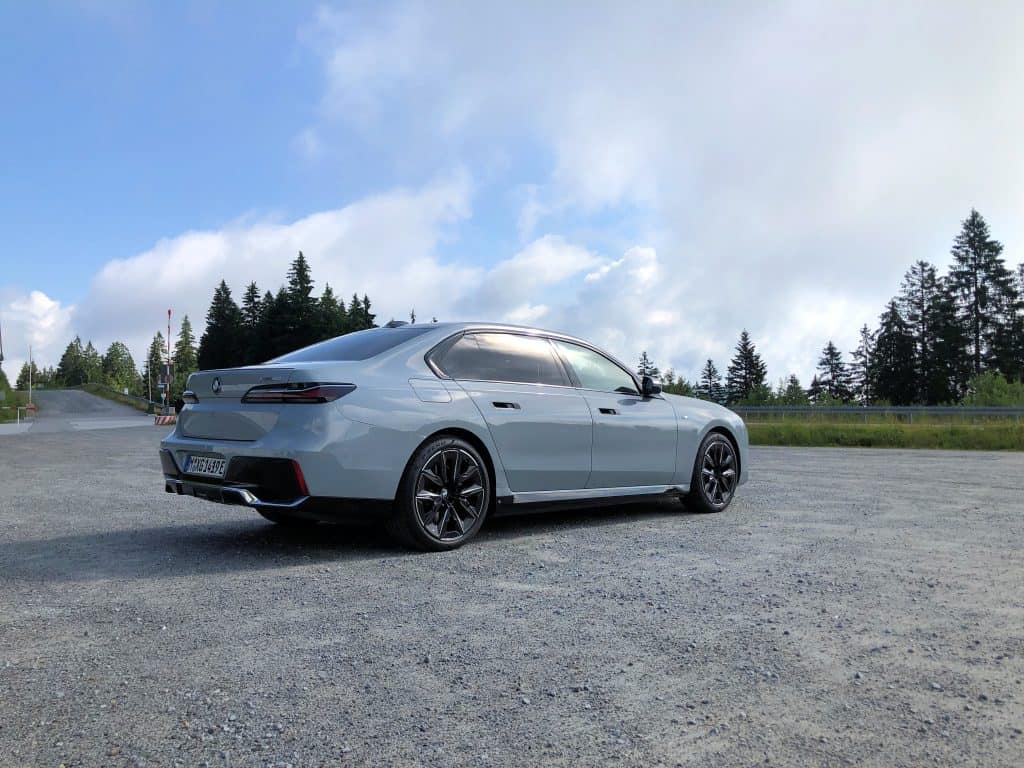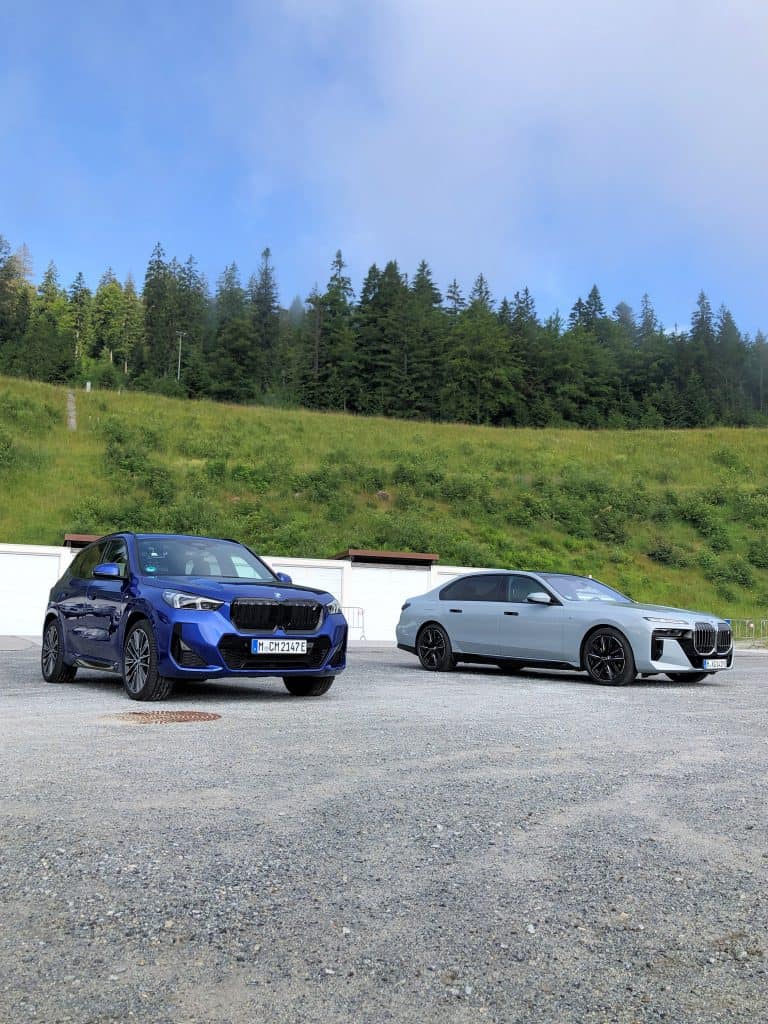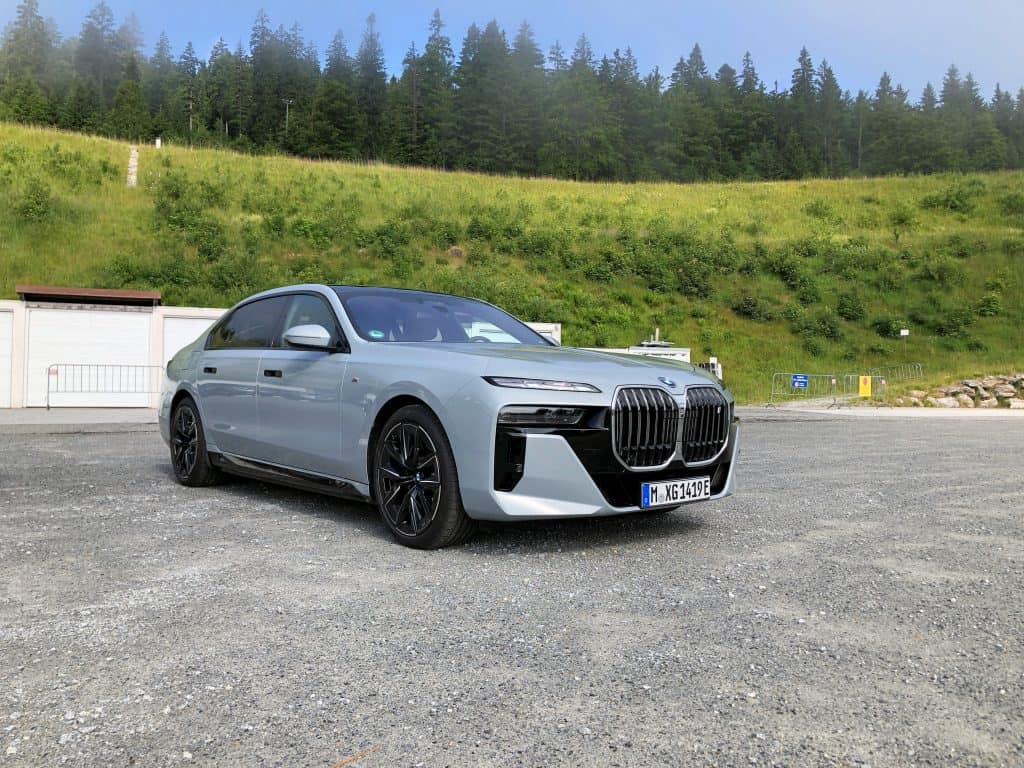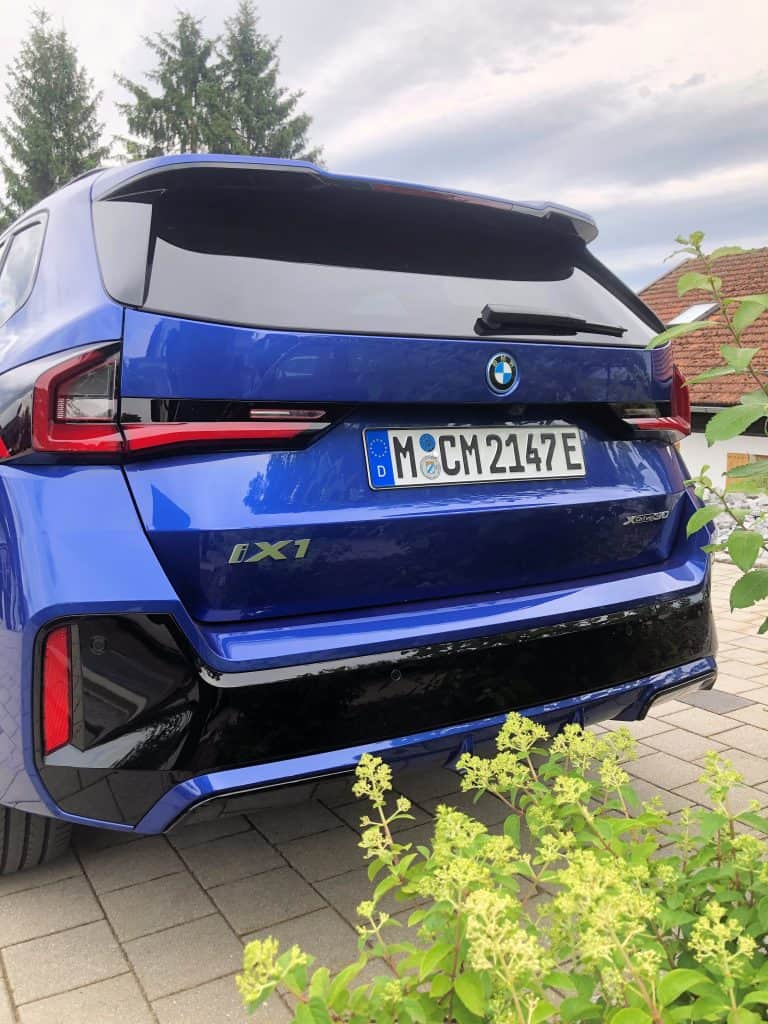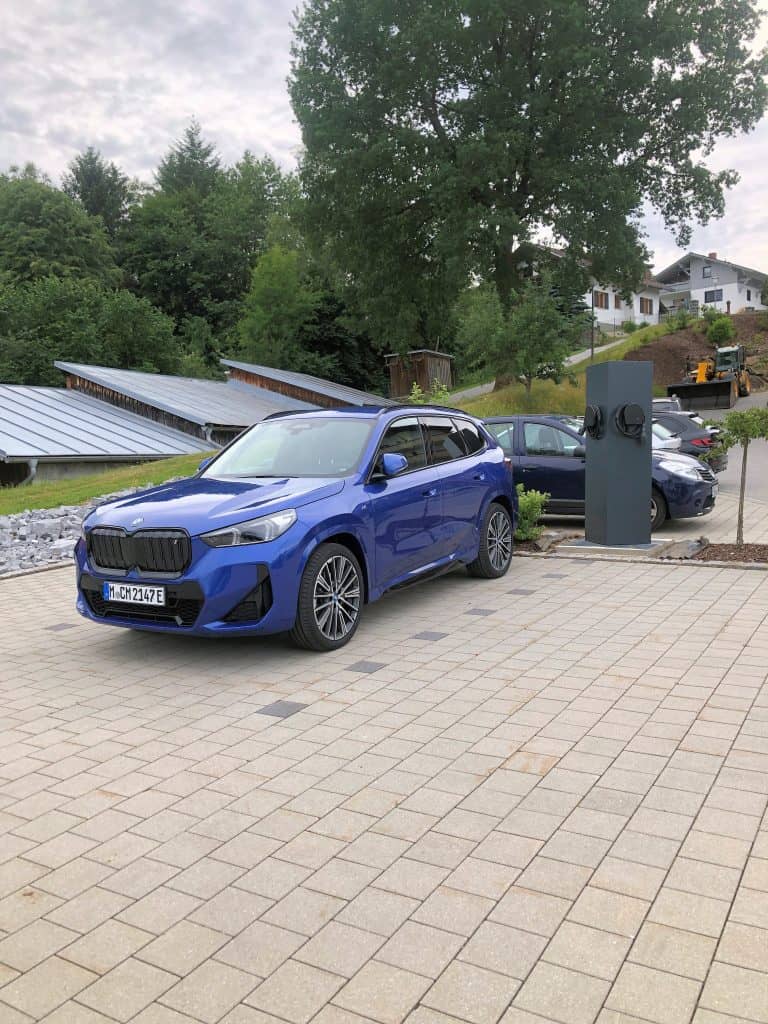We drive the BMW iX1 and i7 in Germany to find out.
EV adoption is still in its infancy here in the Philippines. With just a handful of public chargers available, most EVs are relegated to urban use, not because of their range per se, but because of range anxiety. Even as carmakers manage to unlock sometimes stupendous ranges on modern EVs, range anxiety has caused owners to be overly cautious about taking one out of town; and they have every right to be. Unlike a conventional petrol or hybrid vehicle, once you run out of juice in an EV, it’s game over.
But how does road tripping look like in a country where EV adoption has taken off? According to industry data, Germany currently has 1.39 million electrified vehicles, including hybrids on its roads. However, a policy shift that cut support for hybrids (including plug-in hybrids) has seen the dramatic shift to EVs. Currently, sales are up 25.3 percent year-on-year, far outpacing the growth of the auto industry there. In addition, there are 62,000 charging points (9,395 of them being fast DC chargers). This equates to 22 EVs per charging point. Plans are on track to have 10 million charging points by 2030.
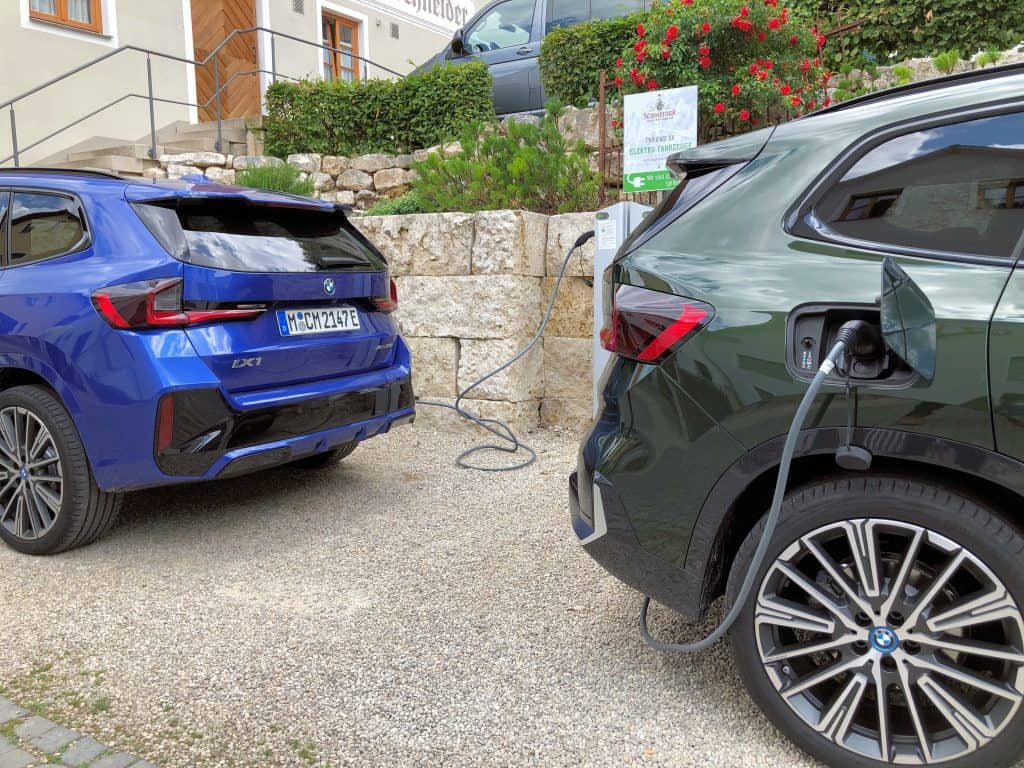
Under this backdrop of sustainable, eco-friendly motoring, BMW is well into its electrification shift as well. In May alone, the group sold 30,000 battery electric vehicles—up 114 percent from the same period in 2022. They’re also the first automaker to offer a pure EV version of every single core model they have, be it a sedan or a sports activity vehicle.
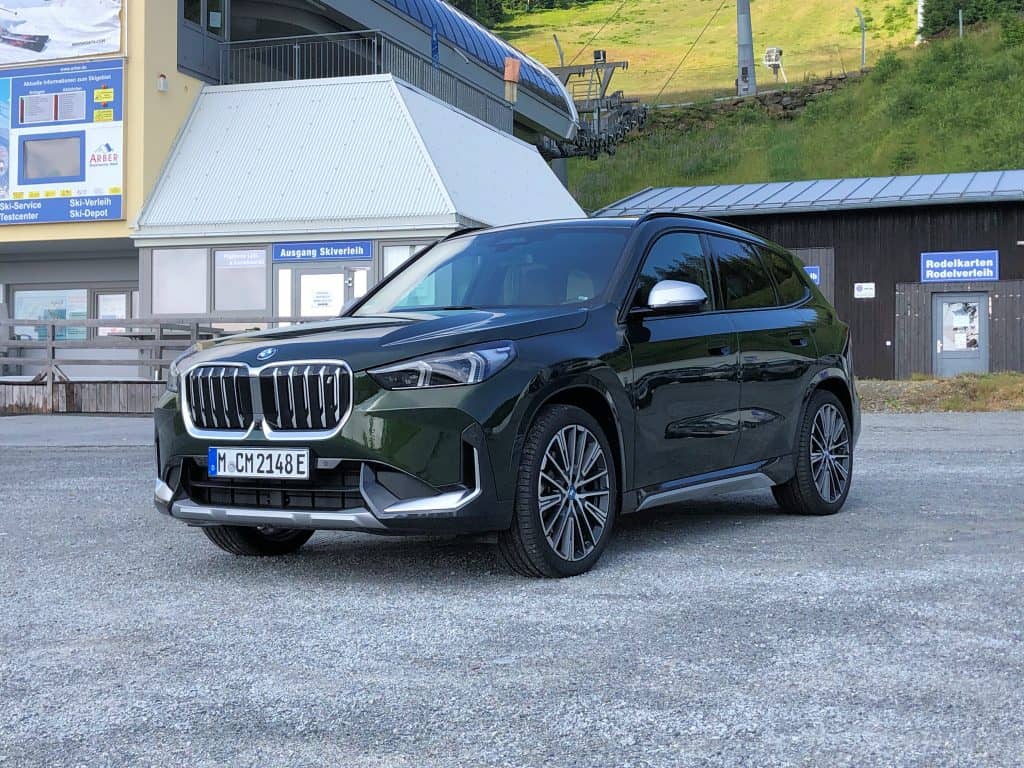
That brings the attention to the two EVs you see here: the BMW iX1 and the i7. Representing the bookmarks of the BMW EV range, they couldn’t be more different—one is a compact SAV, the other, an opulent sedan. Yet, they both must live up to the same brand motto, “Sheer Driving Pleasure” all the while emitting zero tailpipe emissions.
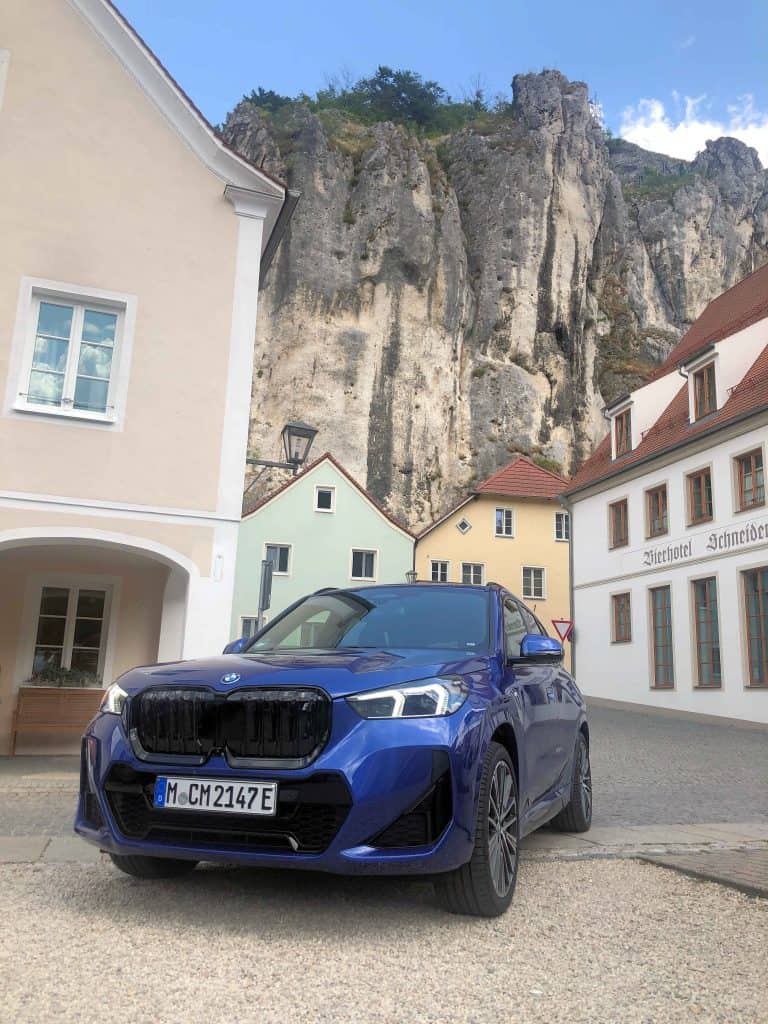
BMW understands that engineering a proprietary propulsion system is fundamental in making their EVs standout. Both the iX1 and the i7 use the fifth-generation eDrive system. It’s a compact drivetrain that houses the motor, transmission, and associated electronics in one housing. It also doesn’t use rare earth metals in its construction; rather, it uses an electrically excited synchronous motor. This offers silent operation as well as a balance of high peak power and stable torque even at high rpms.
Meanwhile, the high-voltage prismatic battery pack is modular in design. Depending on the exact requirements of the vehicle, it can be stacked side by side or on top of each other. And while the module size varies per vehicle, each one has its own pre-installed cooling systems and connectors. This allows BMW, down to the dealer level, to swap or replace individual modules in case of a fault rather than having to replace the entire battery.
Picking up the pair of iX1s and one i7 at the BMW Press Fleet Office in Garching, the drive route takes the convoy to Rinchnach (162 kilometers) then to Essing (144 kilometers) then finally back to Garching (97 kilometers). What the 403-kilometer route doesn’t tell you is that the roads are winding, mountainous, and fast—the types of roads that don’t exactly promote excellent mileage in an EV. Consider this a real-world test then.
First up is the BMW i7 xDrive60—the same i7 that retails in the Philippines for around P 10.39-million. This luxury sedan packs two electric motors enough for 544 horsepower and 745 Nm of torque. 0 to 100 km/h is sportscar quick: 4.7 seconds. More importantly for an EV, it packs a gigantic 101.7-kWh lithium-ion battery. All in all, range is good for 591 to 625 kilometers.
With enough charge for the entire trip, it’s easy to get lost in the i7’s power. A small dip on the accelerator’s all that’s needed to rocket this 2.7-ton sedan forward. However, because it’s so quiet (save for the Han Zimmer-composed Iconic Sounds), the acceleration never feels savage. It’s closer to the experience of an Airbus A380 taking off than the assault-on-the-senses gratification of a sportscar.
Those hushed manners make the i7 a phenomenal long-distance cruiser. You can talk quietly and your passengers will hear you clearly, because there’s hardly any road noise and only a small amount of wind noise inside.
Ride comfort is also superb, and this 5.39-meter long, 1.95-meter-wide sedan can also go round corners more nimbly than it has any right to. It doesn’t lean through tight twists, and the steering gives a good sense of connection with the front wheels boosting confidence when pushing on.
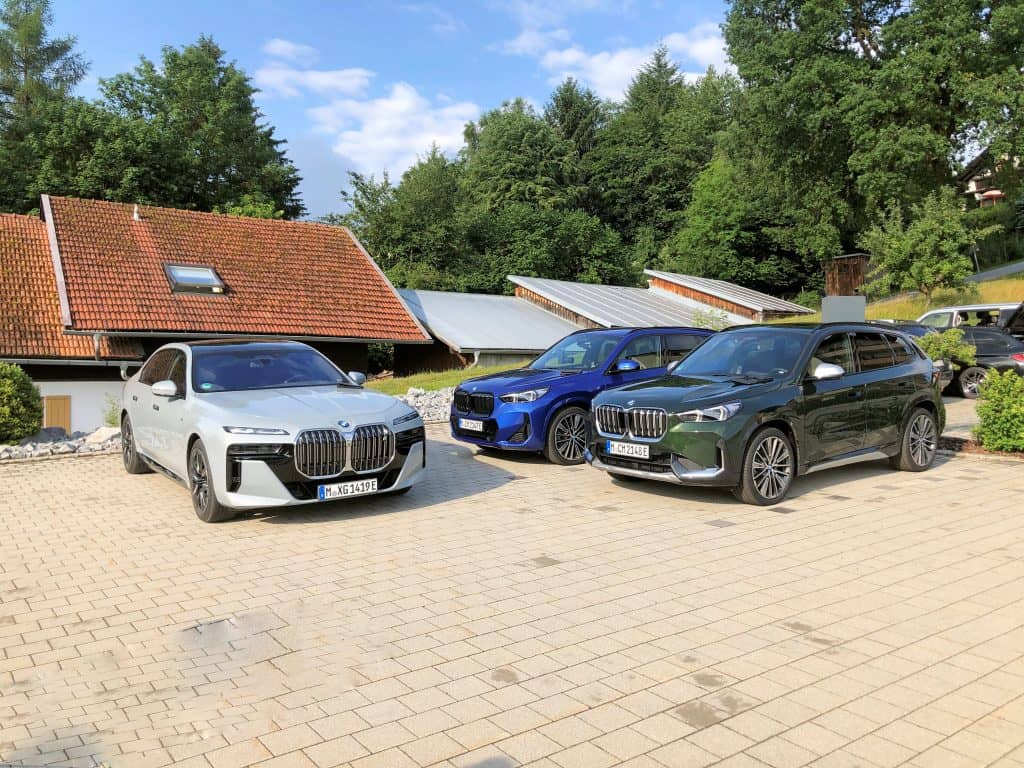
Now, the iX1 is interesting. Though BMW Philippines hasn’t officially confirmed its arrival into the local market, there’s a big chance of seeing it here. After all, they did promise to bring in “at least four EVs” this year. With iX3 and i7 already on retail sale, the last two would certainly be the iX1 and the upcoming i5 (they axed the idea of bringing in the i4).
Using the same dual motor setup, the ix1 xDrive30 makes 313 horsepower and 494 Nm of torque. Zero to 100 km/h is at a respectable 5.6 seconds, while top speed is electronically governed at 180 km/h. It also packs a smaller 64.7-kWh lithium-ion battery. With a range that tops out at 440 kilometers, it most definitely will require a charging stop during the drive. And it did, when the convoy pulled into Rinchnach for the night.
Despite the five-hour top-up, the convoy lead wasn’t convinced that there was enough charge in the iX1 to make it the rest of the way. His worry was so genuine that he’d be asking both the charge level of the battery and the indicated range displayed on the gauge cluster. This situation is atypical of these drives. If the convoy were made of gas-powered cars, it’s just a matter of driving into the next petrol station and filling up. With a battery electric vehicle, it requires more careful planning.
With range a concern, the first part of the iX1 drive was done purely in “Efficient” mode. This helped the compact SAV recuperate as much energy back during the downhill portions of the drive. Careful prods of the accelerator, efficient coasting, and gentle braking helped prop up the range to make it to the lunch stop at Essing.
After another two hours of charging, there’s now enough range to get back to Garching. Throwing efficient driving to the wind, it’s pedal to the medal. With a flight to catch later that evening, let’s just say that 180 km/h top speed isn’t a suggestion; it’s actually achievable. And even at terminal velocity, the iX1 felt stable and secure. If anything, it’s the middle-aged guy behind the wheel that lacked confidence.
Fitted with the 20-inch wheels, the iX1 is firm, but never uncomfortable. Credit is down to the adaptive suspension that automatically stiffens or slackens the suspension. Body lean is kept in check, and there’s a respectable amount of grip. However, the steering doesn’t communicate the limits of the suspension as well. It won’t bother 95 percent of buyers out there, but for the remaining five percent, it’s easy to overcook it through a tight corner. At least refinement is impressive, with little wind noise on the move and only a small amount of tire roar.
There are a couple of takeaways you can get from this drive. First is that the Philippines has a long way to go to match a country like Germany in terms of EV adoption. Baby steps are being made with the passage of the EVIDA law and such, but the scale between the two countries isn’t comparable. Second, even if Germany’s EV landscape is at least a decade ahead, there are still some pain points involved in driving an EV cross country. And mind you, none of it had to do with the vehicle per se. Range anxiety is real and it’s something that will always gnaw at you as you see the charge level drop down. But a change of driving habit and incorporation of charging stops as rest stops are all that’s needed to alleviate that. Finally, BMWs, no matter the means of propulsion, keep faithful to its brand ethos. Whether it’s a small SAV or a limousine, powered by gasoline, diesel, or electric, they’re simply a blast to drive on the road.


